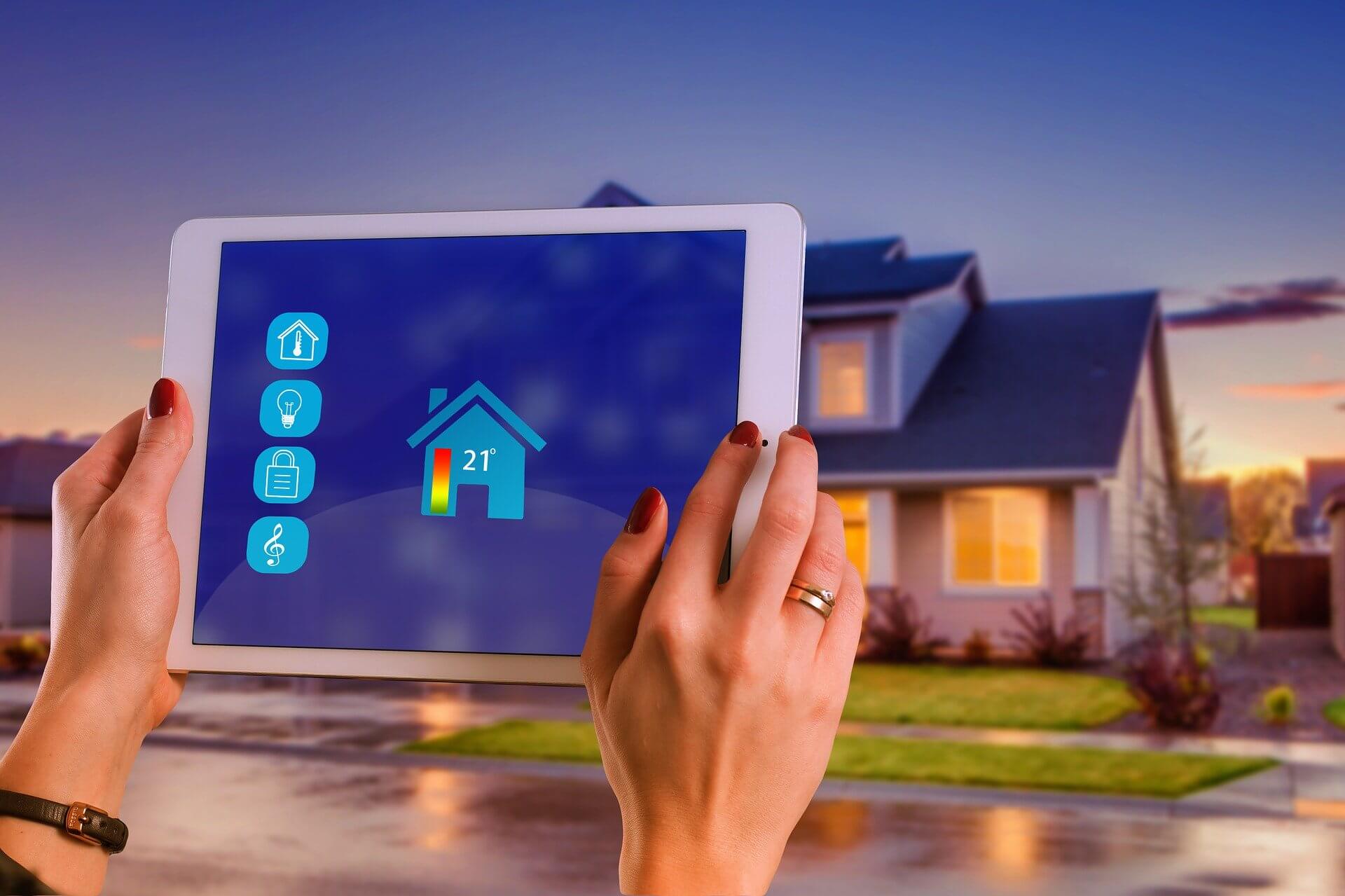The latest generation of smart technology gives you even more security and control over your home and everything you love. At the same time, data protection guidelines throughout the world have improved considerably for the benefit of users.
It goes without saying that protecting our own integrity is important to us. Of course, this also applies to the use of your smart home. Many interested people are hesitant to invest in a connected home for this very reason. However, these fears are often unjustified, because even as a smart home beginner, you can boost your smart home’s security in no time, without much prior knowledge. We show you how to maximize your personal data protection in your smart home.
Make your home even more secure in just a few steps. In today’s article, we show you how you can keep your smart home safe and protect your privacy. Excited to learn more? So let’s get started!
More than Surveillance Cameras
Anyone who thinks about smart home security will probably have the image of a surveillance camera in mind. It’s no wonder that this is one of the most popular areas of smart home equipment. However, smart home security is not just about using surveillance cameras, alarm sirens, smart locks or similar door and window sensors to protect against burglars. It’s worth thinking outside the box, as other smart home devices, such as smart baby monitors or water sensors in the bathroom and basement, can also give you a comfortable sense of security.
But in addition to protecting your own home and family with smart home devices, the security of the smart home system is equally important from our perspective. For example, no one wants strangers to have access to their camera. That’s why we’re giving you tips on how you can strengthen your system’s security.
Devices from Reputable Manufacturers

When buying smart home devices, you can quickly check off a small checklist – for example, it should always be clear who made the product and if there is a person to contact in case of problems. Reputable manufacturers not only explain the comfort features of their sites, but also provide information on security, such as the type of encryption used or where the data is stored in the cloud. Information about product system updates should also be available. There should be a comprehensible personal data policy for this.
Separate the Networks
The installation of smart home devices is usually simple and intuitive. Integration is usually done via the home’s wifi, sometimes directly, sometimes via a manufacturer’s gateway. Simply enter your wifi password and the new devices are soon connected to the secure home network.
Depending on the number of devices you use, it is advisable to create a separate network for your smart devices, i.e. separate the smart home network from the home network. The best way to do this is to set up a separate wifi network for the smart home devices via the router. This way, you also protect your important data on your computer or network storage.
Install Device Updates
Networking various smart home devices means increased comfort in the home. As already mentioned, it is important that your smart home system is technically up to date. Whether it’s a monitoring system, heat control, smart lighting, smart sensors or connectors – just like your laptop or smartphone, the latest updates for your smart home devices are important for their stable use. Frequent updates show that manufacturers are constantly striving to improve their products and correct small mistakes. Anyone who doesn’t want to deal with this manually can use the automatic update feature on most smart home devices or be notified when a new firmware update is available.
Here you go! With those few tips you are now ready to improve the security of your smart home. How about you? Do you have any other tips to share? Leave a comment below!


